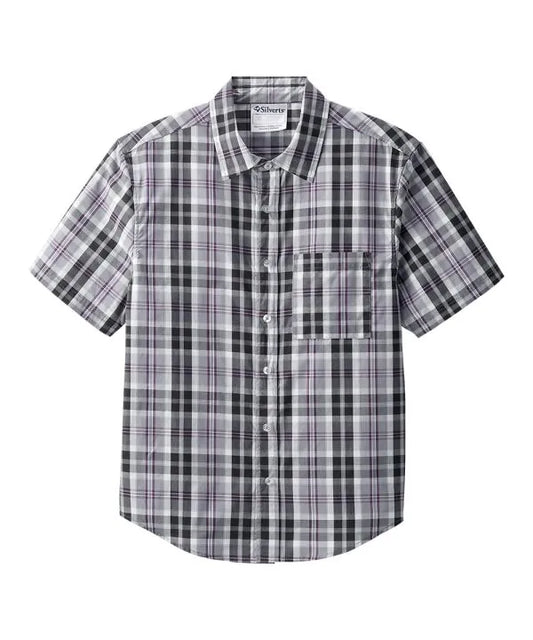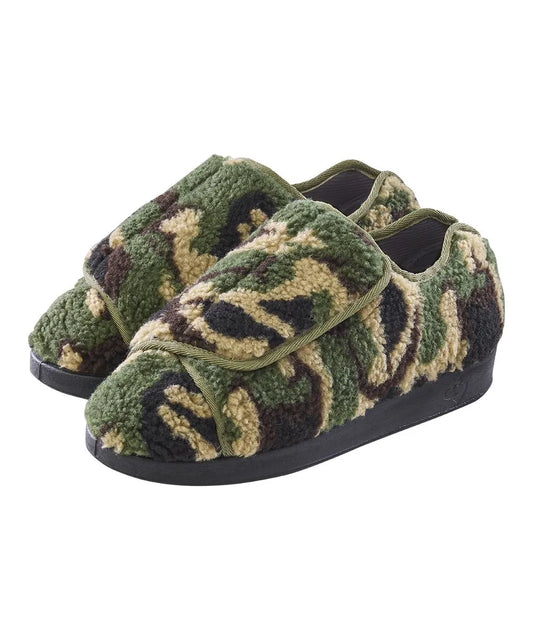Written by Alisa Matsushita-Bomba & Reviewed by Gurnoor Mand
As a caregiver for someone with disabilities or an older person, it is critical to understand what instrumental activities of daily living (IADL) and activities of daily living (ADL) are and what role it has in their daily life. They are essential tools that can help assess an individual’s functional abilities, independence, and overall quality of life.
What is Quality of Life?
The World Health Organization defines quality of life as “an individual's perception of their position in life in the context of the culture and value systems in which they live and in relation to their goals, expectations, standards and concerns". This can be measured qualitatively, using facts like health, prosperity, environment, society, good governance, and life satisfaction and sense of meaning and purpose. ADLs and IADLs play an important part in this.
What is ADL?
ADLs refer to the basic activities of daily living that individuals must perform in order to maintain their physical and emotional well-being. These activities are typically performed for the purpose of self-care and are essential for maintaining one's health and independence. Ideally, you would want to be capable of doing ADLs for as long as possible for the best quality of life.
ADLs include:
- Bathing: This refers to activities like washing one's hair, body, and face.
- Dressing: This refers to activities such as putting on clothes, tying shoes, and fastening buttons.
- Toileting: This refers to activities such as using the bathroom, cleaning up after using the toilet, and changing adult diapers.
- Transferring: This refers to activities like getting in and out of bed, using a wheelchair, and walking.
- Eating: This refers to activities like feeding oneself, using utensils, and drinking.
What is IADL?
IADL stands for instrumental activities of daily living. These tasks support ADLs. It is the more complex activities that are performed by people in order to maintain their independence and quality of life. These tasks are typically performed in order to maintain one's home, take care of personal duties, and manage finances.
IADLs include:
- Housekeeping: This refers to activities such as cleaning, laundry, and organizing.
- Meal preparation: This refers to activities like cooking, shopping for groceries, and meal planning.
- Transportation: This refers to activities such as driving, using public transportation, and scheduling rides.
- Medication management: This refers to activities like taking medications, refilling prescriptions, and managing side effects.
- Communication: This refers to activities such as writing, making phone calls, and using the internet.
- Money management: This refers to activities such as budgeting and paying bills.
Why is it Important for Caregivers to Understand ADLs and IADLs?
As a care provider, it is important to understand the role of IADLs and ADLs in the daily life of the person you are caring for. These tasks offer a thorough evaluation of a person's ability, degree of independence, and general quality of life.
Understanding IADLs and ADLs can enable carers to spot potential areas where their care recipient might require assistance and to create support plans to help them keep their independence. This may involve providing practical assistance, such as helping with household chores or transportation, or providing emotional support, such as helping to manage stress and anxiety.
Additionally, carers can ensure that their care recipient can maintain their independence and quality of life for as long as possible by learning IADLs and ADLs. This can lessen the need for institutional care and enhance the care recipient's overall quality of life.
It is important for carers to understand the difference between ADLs and IADLs as they can have a huge impact on an individual's ability to live independently. For example, difficulties with IADLs may indicate a need for additional support and assistance in managing everyday tasks, whereas difficulty with ADLs may indicate a need for more extensive care, such as in-home care or assisted living.
A caregiver can complete IADLs so the person they are aiding can keep doing their ADLs without trouble. For example, eating is an activity of daily living, and cooking is an instrumental activity of daily living. Caregivers can cook in order for the person with disability or the older person to be able to eat when they can feed themselves independently. Without meals to eat, they cannot perform this certain ADL.
How can ADLs and IADLs be Used to Assess Functional Disabilities?
Measuring how many of the tasks in each group the person can do on their own can help them identify where and when they may need extra help in daily living. When assessing an individual's needs, it is important to consider both their physical and cognitive abilities. ADLs might be challenging to do due to physical limitations, but IADLs can be challenging to perform due to cognitive impairment. The person's preferences should also be taken into account because they might prefer to complete some activities on their own or might feel more comfortable with help from a care provider.
How Can Caregivers Support People With Disabilities to Achieve ADLs/IADLs?
There are a variety of tools and products, including adaptable furniture, assistive technology, and home environment adjustments that can help people with both ADLs and IADLs. The proper approaches and safety precautions for helping with ADLs and IADLs should also be taught to caretakers. An example of products that can help is adaptive clothing, which is clothing that has special features to make it easier to dress for people who can benefit from it. June Adaptive has adaptive clothing that can help caregivers support people with disabilities or older people with dressing, with features like snap closures and hidden loops.

Women’s Fleece Cardigan with Magnetic Button

Unisex Recovery Pants with Side Snaps
Strategies for Assisting with IADLs
Here are some tips on assisting someone with their IADLs:
- Encourage independence so they can maintain their independence and autonomy.
- Communicate effectively and listen to the person’s needs and concerns.
- Respond with empathy and understanding.
- Plan ahead for meals, errands, and other tasks you will need to prepare in advance.
Strategies for Assisting with ADLs
When the person you are caring for is unable to do ADLs on their own, it can be hard to know what to do to make their quality of life as good as possible.
Here are some tips on assisting someone with their ADLs:
- Maintain eye contact and a calm voice.
- Repeat sentences in the same words.
- Offer simple choices, like if they want to watch TV or sit outside.
- Be aware of the person’s physical space and their body language to respect the person’s dignity and privacy.
- Provide encouragement and support throughout the process.
In conclusion, ADLs and IADLs are different types of activities that create independence and play a role in quality of life. Understanding the differences between the two and knowing how this can impact independence in individuals is necessary for creating a care plan that meets people’s unique preferences and needs for optimal care. Assisting people with their IADLs and ADLs requires patience, understanding, and a willingness to work together to find the best solution. By learning more, you can help individuals maintain their independence and autonomy while ensuring their safety and well-being.















